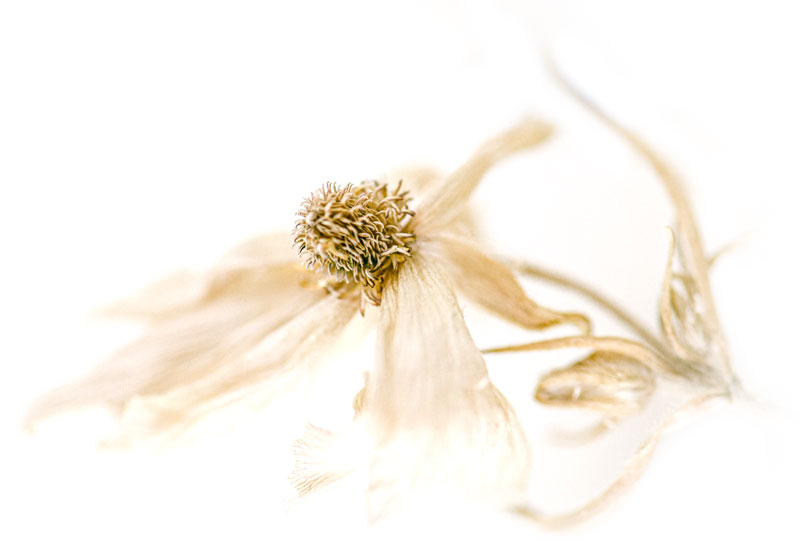
Hematopoietic differentiation has been schematically depicted as a branched tree of hematopoiesis, outlining the possible developmental choices. According to this prevailing schema, the decision between lymphoid and myeloid lineages occurs very early. Natural killer (NK) cells are innate immune effector cells.
Their derivation from either lymphoid or myeloid lineages was debated early in their discovery. Further research showed that NK cells can be derived from common lymphoid progenitors and hence have been considered separate from myeloid lineage. However, some studies confront this and have shown that progenitors expressing myeloid antigens can also develop into NK cells.
However, alternative views have been proposed, including the existence of a common myelo-lymphoid progenitor and this process depending on which cytokines are they exposed.

NK cells are unique, since they have the ability to recognize stressed cells in the absence of antibodies and MHC, allowing for a much faster immune reaction.
So, NK cells, as part of the innate immune system, play a key role in host defense against viral infections and tumor cells. The notion that myeloid precursors previously known to give rise to monocyte/macrophage and Dendritic Cells (DCs)are also capable of NK-cell differentiation puts the recent findings in a new therapeutic perspective.
Endorphins and enkephalins, small peptides, are produced by the central nervous system, by the pituitary gland (hypophysis) and by cells in the adrenal medulla, intended to mean a morphine-like substance originating from the body itself.
They have potent painkilling effects leading to analgesia and behavioral changes, producing states of euphoria. One of the important effects of these molecules is the activation of NK cells, increasing the vigilance of these cells against cells altered by infection or neoplasia.
Many people that are taking or had taken M8 and M1 related they became better aware of the side effects of chemotherapy, increased their well-being, decreased pain, etc.
In one of our doctoral thesis, it was seen that the homeopathic complex M1 increased the differentiation of NK cells from Blood Mononuclear Cells, besides also increased their activation in a significant manner. These two facts strongly suggest a link between endorphins and activated NK, and this could explain the good results found with this medicine in several diseases.
It would be possible to differentiate and activate in vitro self NK cells and reintroduce them in the body to increase their own defenses against some viruses or tumors?

Without side effects, using inexpensive homeopathic products…, I am sure that it could be helpful in a non-distant future.

Scanning Electron Microscopy from peripheric human blood when it can be seen erythrocytes and leukocytes
Dorly de Freitas Buchi











